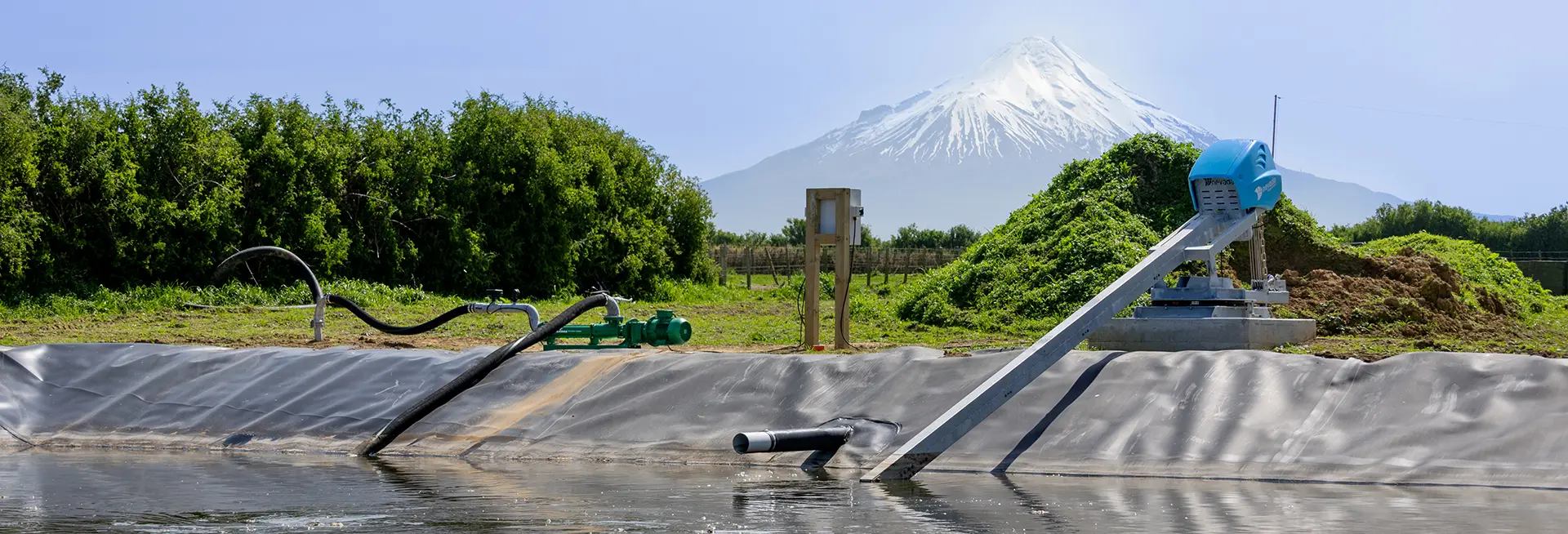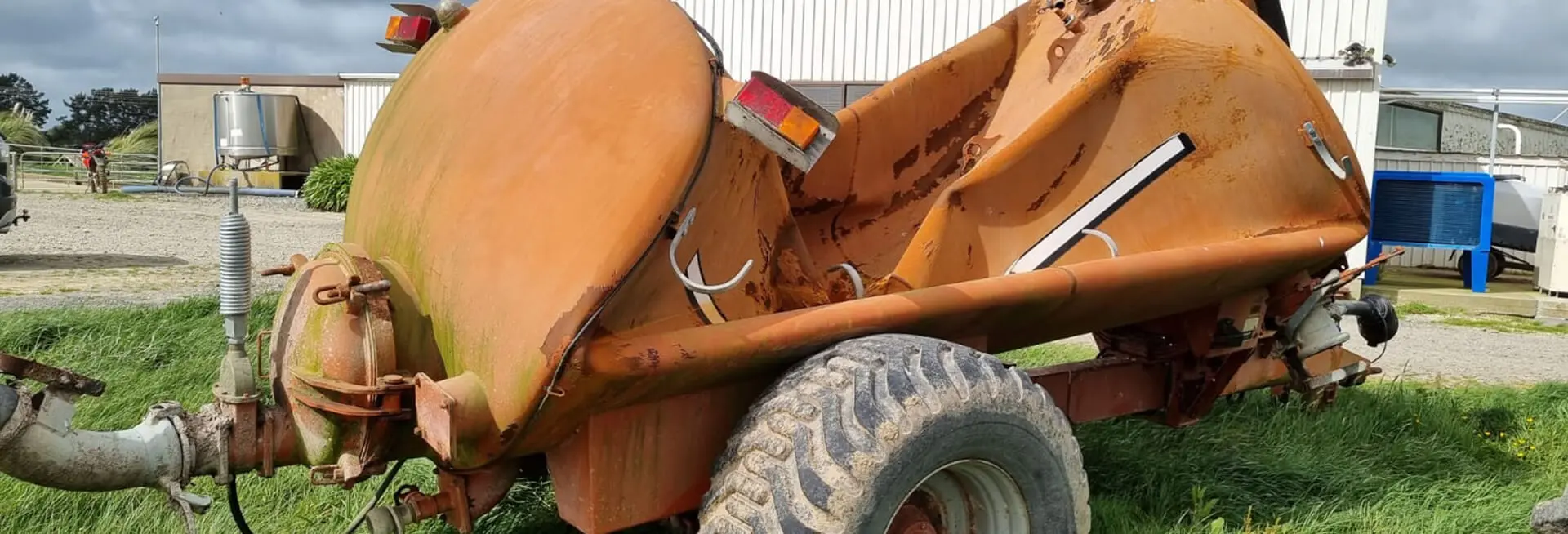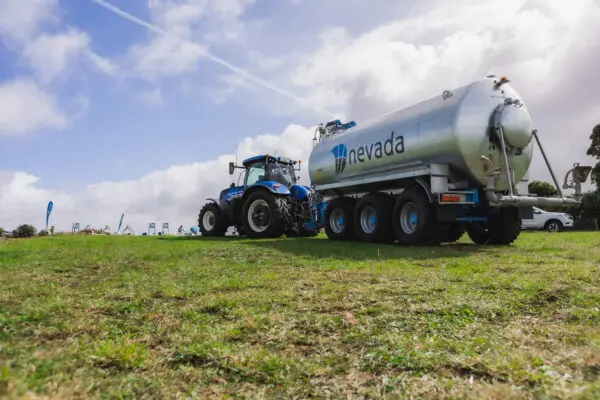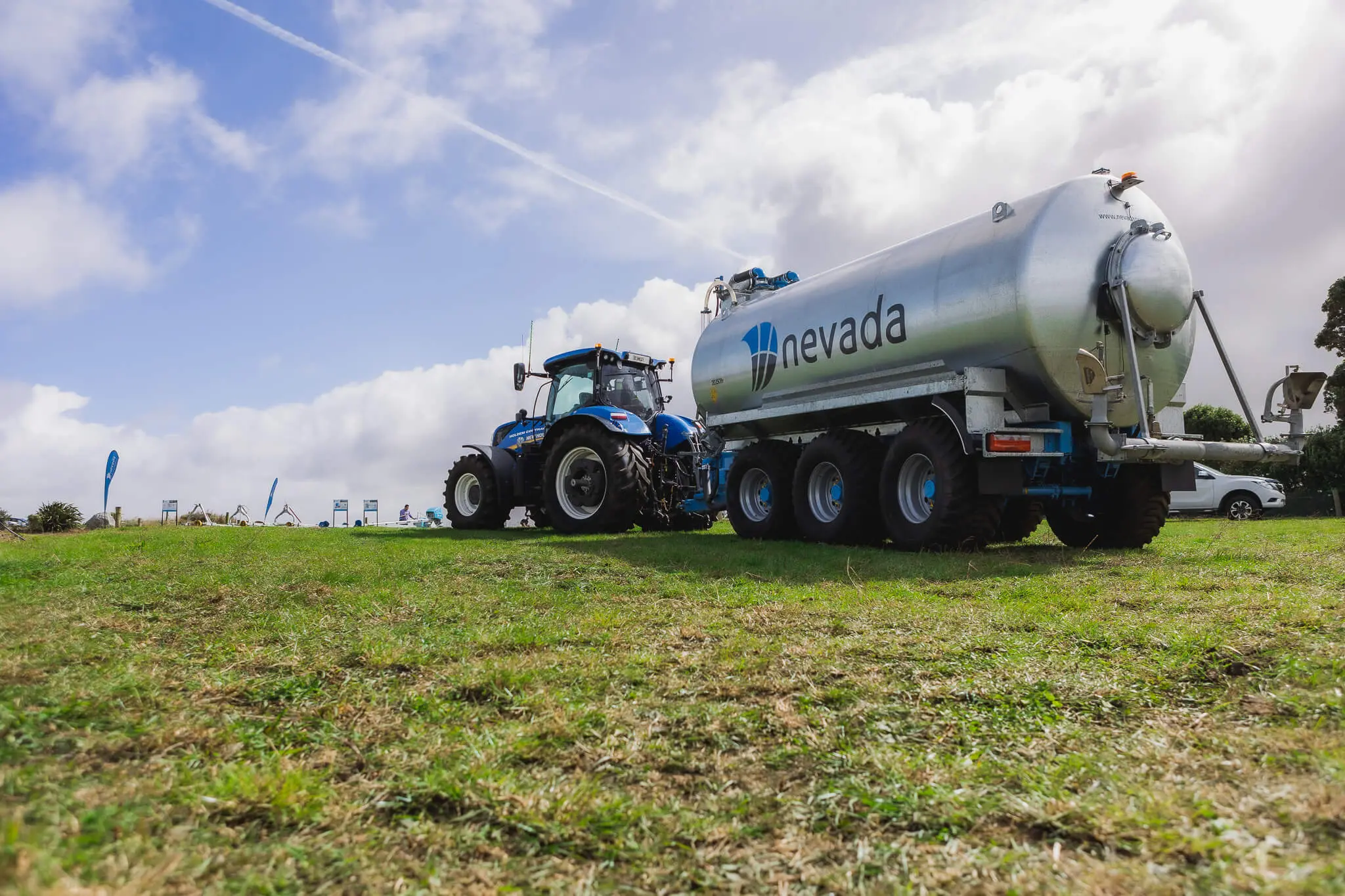Benefits of good effluent management include:
- Fertiliser savings
- Improved soil condition
- Prevention of animal-health issues
- Compliance with council rules or resource consent.
A healthy pond is one that has:
- Minimal or a very small sludge accumulation on the pond floor.
- The solids within the pond are easily/quickly brought up into suspension when required.
- Been well mixed (solids and liquids).
- No dry crust or vegetation on the surface.
- Safe and easily accessible.
- No odour.
- Contains the maximum amount of farm dairy effluent (FDE) nutrients.
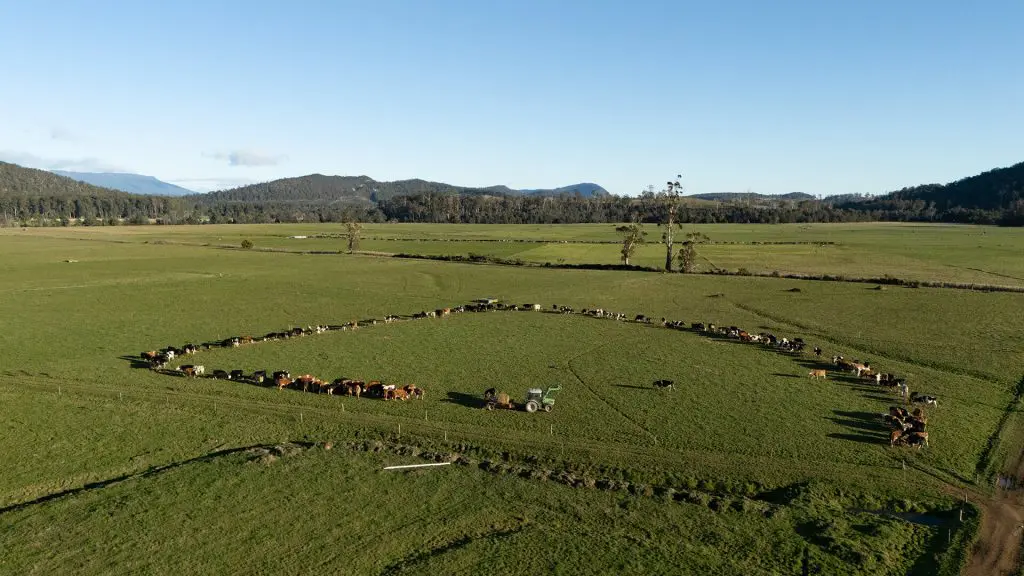
CHECKLIST
Daily
- Before and after every milking, check that the stormwater or washwater diversion is in the correct position
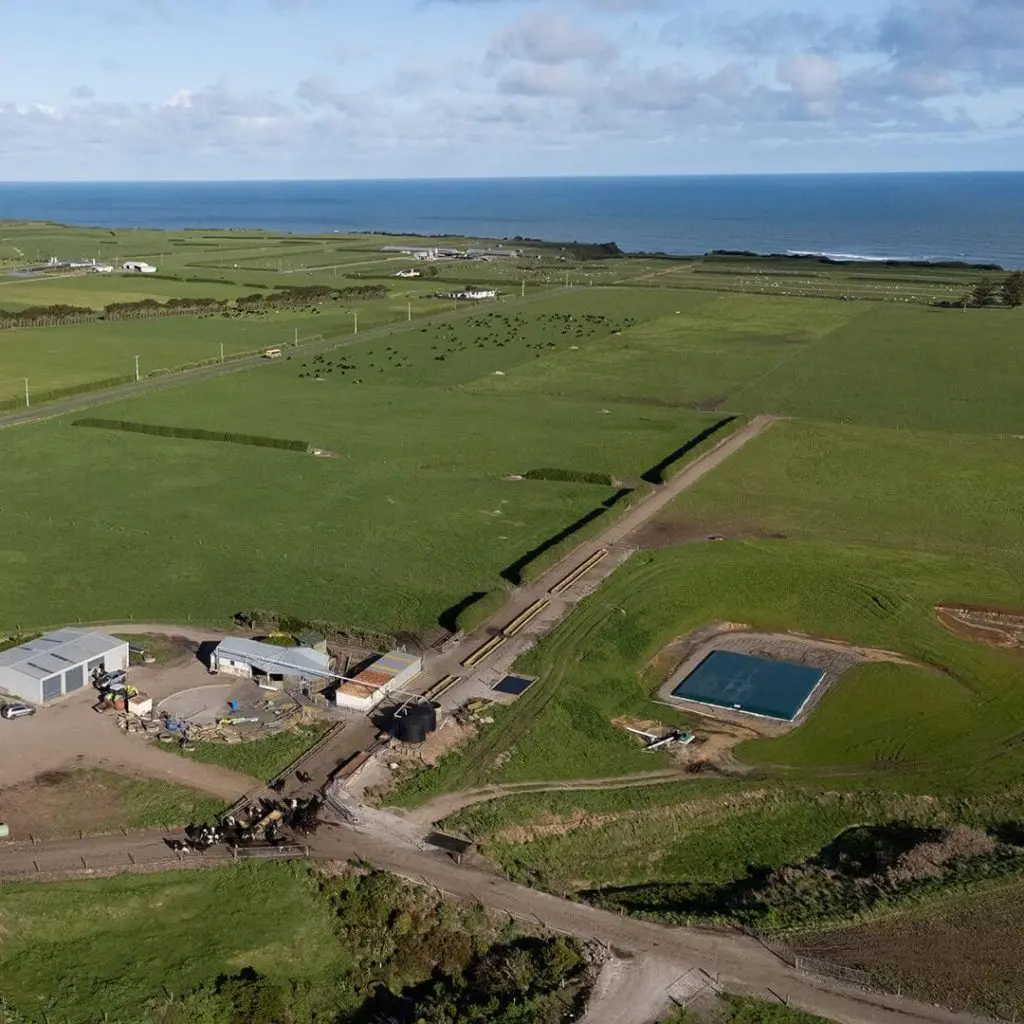
Weekly to monthly
- Clean and clear the effluent stone trap and gratings
- Check that the pipes running in and out of the ponds are not blocked
- Control weeds in and around ponds
- Check that the fencing remains stock-proof
Six-monthly to annually
- When the area around the ponds and any seepage areas are dry – graze them
- Check there is not excessive build-up of solids in the anaerobic pond
- Desludge the ponds regularly, when the sludge level is over half the normal effluent depth – this can be checked with a long pole.
We’re here to help you get the best out of your effluent management
For more advice on how to maximise your effluent pond and how to get the best quality effluent back onto your pasture, contact the team at Nevada.
